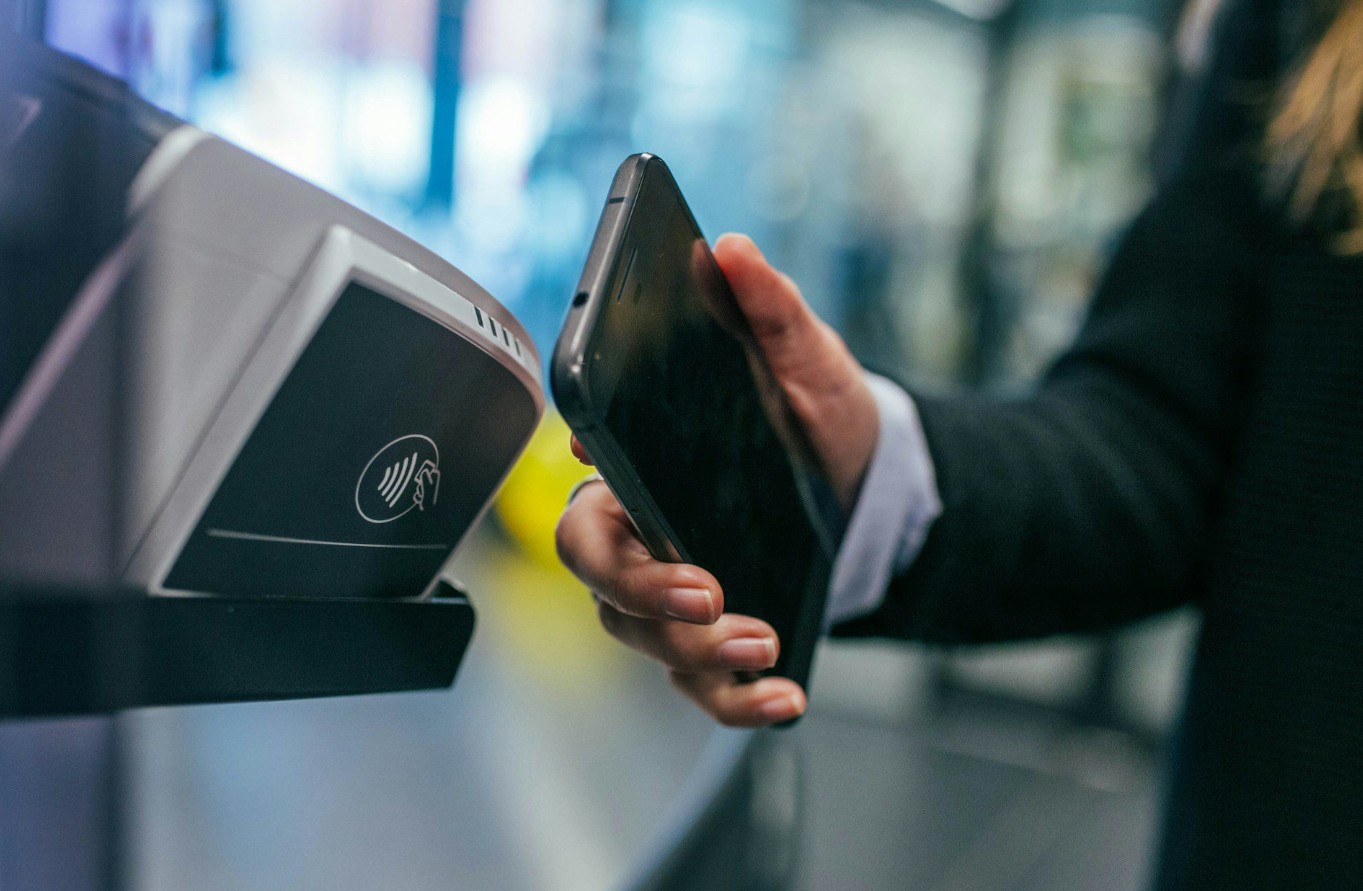1. A Silent Financial Revolution
In 2025, the rhythm of digital finance in South Korea doesn’t begin with a salary or end with a bank account. Instead, it flows through the overlooked spaces: streaming platforms, mobile games, loyalty apps, and micro-subscription services. At the heart of this flow lies the micropayment system—and more importantly, the infrastructure allowing users to cash out these small digital earnings securely and instantly.
Korea, already a global tech leader, has transformed micropayments into a vital part of daily digital life, blurring the lines between spending, earning, and liquidating—all within seconds, via mobile.
2. What Are Micropayments and Why Do They Matter?
Micropayments refer to transactions typically under ₩1,000, often used for:
ᄋ In-app purchases
ᄋ Streaming micro-fees
ᄋ Pay-per-article journalism
ᄋ AI-powered utilities (translators, voice clones, etc.)
What once seemed too small to matter is now a core monetization tool for creators, developers, and even enterprise platforms. But to truly work, users need a way to withdraw their value without friction. Enter the mobile cash-out market.
3. How the Cash-Out Market Evolved in Korea
In the past, cashing out micro-earnings was costly, slow, or simply not worth it. But in 2025, Korea’s fintech companies have:
ᄋ Integrated cash-out buttons directly into apps
ᄋ Enabled real-time settlements under ₩500
ᄋ Created secure dashboards for managing mobile balances
ᄋ Introduced digital wallets linked to telco billing systems
These innovations have made it normal to treat ₩300 or ₩1,200 as valid amounts to withdraw—especially when accumulated over time or through multiple platforms.
4. User Behavior and the New Financial Mindset
This shift isn’t just technical—it’s cultural.
Users, especially Gen Z and digital-native millennials, are embracing micro-revenue generation. From watching ads to participating in surveys, from selling stickers to earning crypto points—everything counts. And when cashing out is simple, the incentives multiply.
Trust in platforms has also grown due to transparent policies, digital receipts, and seamless app interfaces. The phrase “micropayment fatigue” is fading—replaced by a confident, habitual use of small, instant digital transactions.
5. The Role of Soaekgyeolje in Making It All Work
Among the names gaining traction is Soaekgyeolje, a platform known for its commitment to secure cash-out mechanisms for micro-transaction users. Midway through this ecosystem shift, it has emerged not just as a tool but a trust bridge between the user and the financial backend.
Whether you’re cashing out ad-view earnings or claiming ₩800 from a loyalty payout, Cashout Trends in Korea – Zeropaybank Data makes the process intuitive and tamper-proof.
6. Security, Compliance, and Micro-Auditing
When transactions happen at such small scales and high frequency, security must scale down without losing strength. Korean platforms have employed:
ᄋ Token-based encryption per transaction
ᄋ Biometric validation for withdrawals
ᄋ Micro-AML protocols that flag abnormal micropayment patterns
ᄋ Clear opt-in tracking for user consent
This mix of user-focused compliance and real-time fraud detection ensures the entire ecosystem is protected but frictionless.
7. Why It Matters Internationally
Global fintech markets are watching closely.
Korea’s ability to normalize 24/7 micro-cash-outs is being seen as a blueprint for emerging economies and digital content ecosystems. Creators in Southeast Asia, freelancers in LATAM, and gamers in Europe are increasingly demanding the same instant withdrawal privileges.
Platforms that fail to offer micro cash-outs may soon fall behind in user retention.
8. Looking Forward: Micro-Economy, Macro-Impact
The future of finance won’t just be decentralized or mobile—it will be measured in won, cents, or tokens, and moved in seconds.
Micropayments will fuel gig work, AI collaborations, metaverse contributions, and pay-per-moment experiences. Korea’s lead in refining this process—through UX, regulation, and trust—has given the world a working case study in financial micro-efficiency.
And perhaps, that’s the point: simplicity and trust at scale doesn’t require grand gestures—just the courage to design around the smallest ones.
